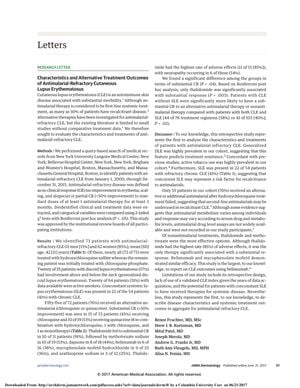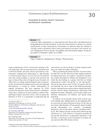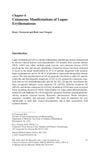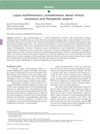Characteristics and Alternative Treatment Outcomes of Antimalarial-Refractory Cutaneous Lupus Erythematosus
June 2017
in “
JAMA Dermatology
”

TLDR Thalidomide works best for skin lupus not helped by antimalarials, but has many side effects; other treatments are less effective, especially if patients also have systemic lupus.
The study analyzed 73 patients with antimalarial-refractory cutaneous lupus erythematosus (CLE), predominantly female (85%) with a mean age of 42, to assess characteristics and responses to alternative treatments after hydroxychloroquine failure. Thalidomide had the highest response rate of 91% but also a high adverse effect rate of 85%. Methotrexate and dapsone had response rates of 53% and 44%, respectively. Patients with CLE alone had better responses to treatments than those with both CLE and systemic lupus erythematosus (SLE) (58% vs 40%; P = .02). The presence of generalized discoid lupus erythematosus might predict treatment resistance, and many patients were active tobacco users. The study also highlighted that concurrent SLE could be a risk factor for antimalarial resistance and was the largest to report on CLE outcomes using belimumab, despite its limitations such as a retrospective design and the absence of a validated CLE index.






